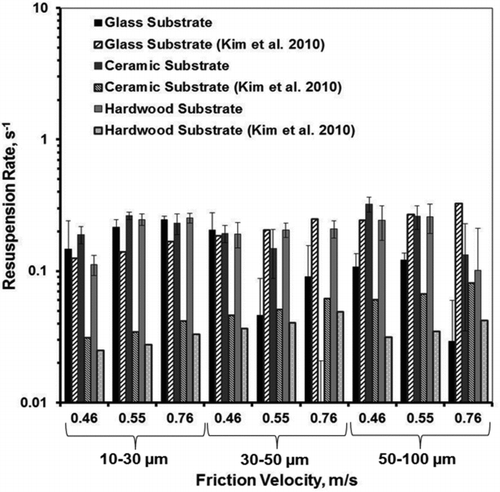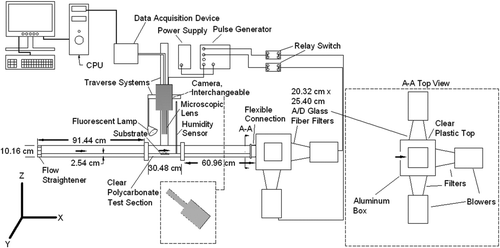Figures & data
FIG. 2 Raw data images for the different type of motions of the glass bead particles obtained using 4000 frames/s. (a) rolling/bouncing motion, (b) rolling/bouncing potential liftoff motion, (c) complex motion (rolling/bouncing late liftoff), and (d) immediate liftoff (no rolling/bouncing).
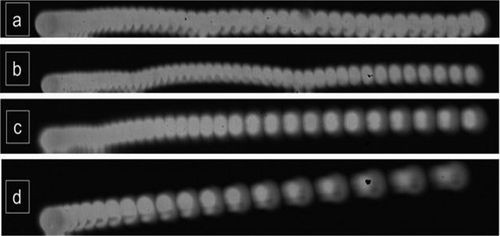
FIG. 3 Type of motion on glass, ceramic, and hardwood substrates for glass beads 20–45 μm in size range for air velocities 0–16 m/s (for more details, see Table S1–S3).
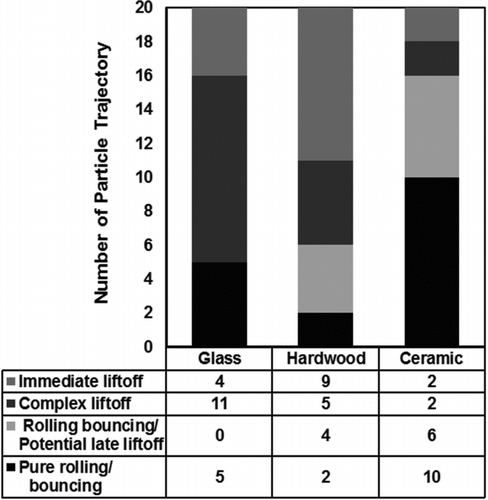
FIG. 4 Particle trajectory for the glass beads particles (20–45 μm in size range) on glass, hardwood, and ceramic substrate as a function of r.
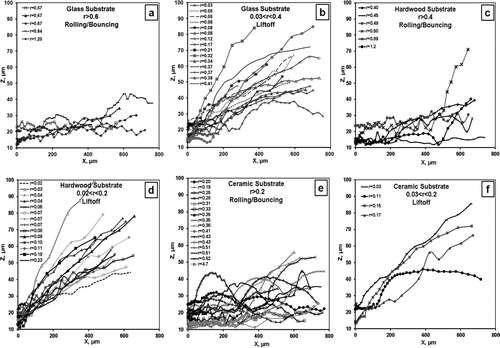
FIG. 5 Time effect on particle trajectory for the glass beads particles on ceramic substrate, where the time, t, is the time it will take the particle to begin its initial movement since starting the camera and the blower simultaneous triggering.
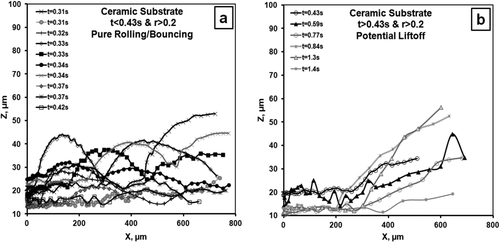
FIG. 6 Time dependence of detachment percentage of different sizes glass beads particles on a glass substrate.

FIG. 7 Comparison between our resuspension rate experimental results and Kim et al. (Citation2010) analytical model at t = 5 s.
